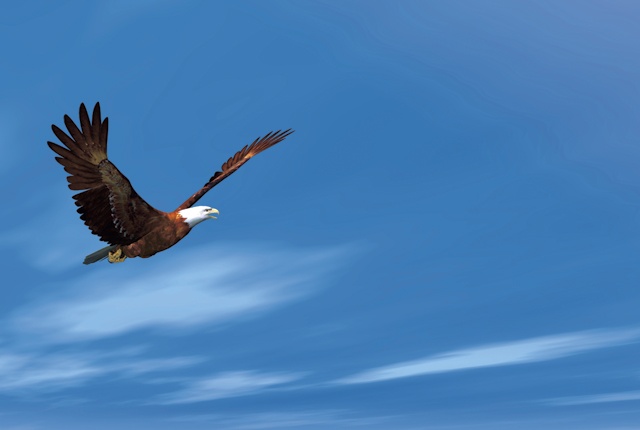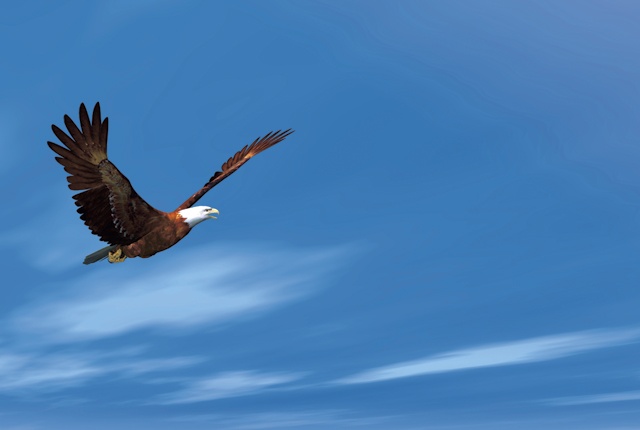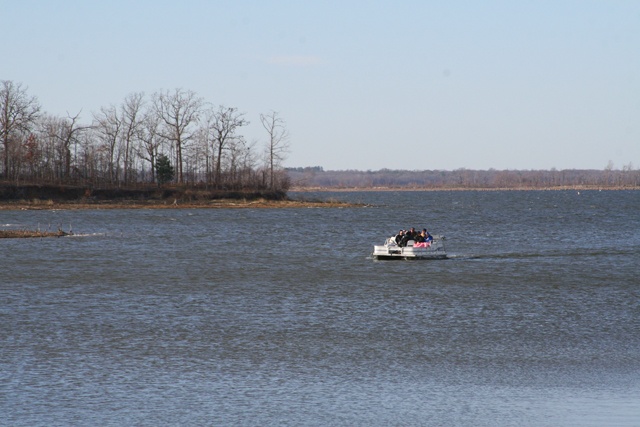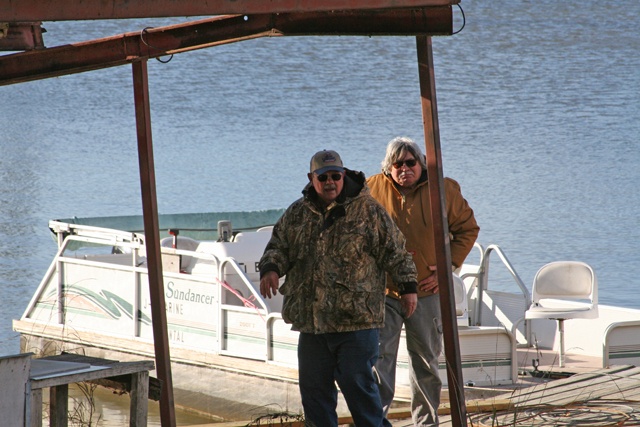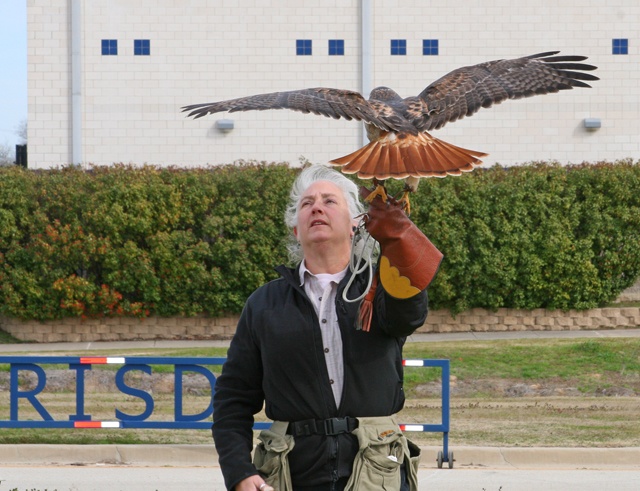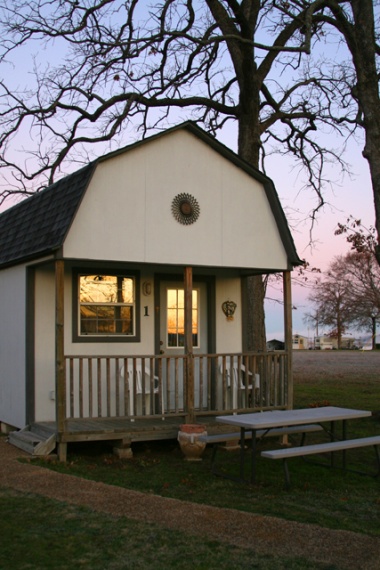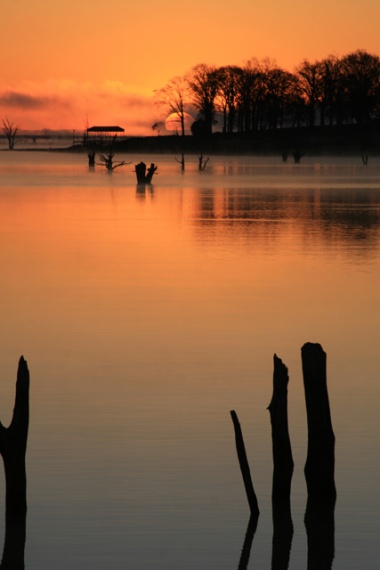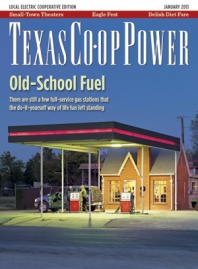Hoping to see my first bald eagle, I arrive in the East Texas town of Emory the night before the 17th Annual Eagle Fest in January 2012, just in time to find a roost at Lake Fork Ranch Resort & RV Park and steal a glimpse of Lake Fork Reservoir from a fishing pier. I set my alarm for 5 a.m. and go to sleep between plaid sheets, wondering if a clutch of eagles might be nesting in the post oak branches above my cabin.
The next morning, I down two cups of Maxwell House coffee with milk and eat a beef jerky stick before heading to the festival at Rains High School, where I board a school bus with about a dozen other bird-watchers. We are driving to Oak Ridge Marina for the day’s earliest eagle-watching boat excursion.
As the bus rolls onto a bridge above one leg of the V-shaped lake, an eagle soars out from the trees into the open sky. “There’s one right there!” says bird-watcher Stacey Daniel of Wylie, pointing out the window. We rush to her side and push our faces to the glass for a better look.
At first glance, the bird looks like a vulture in the vast sky, but then the sun shines on the North American eagle’s telltale white head and tail feathers, dispelling any doubt about its identity: Haliaeetus leucocephalus, the bald eagle, an impressive bird of prey that can stand about 3 feet tall and have a wingspan of up to 8 feet.
Eagle sightings are common at the lake, where submerged timber, hydrilla, Eurasian milfoil and American lotus create an ideal habitat for bass, one of the eagles’ favorite meals. The sightings inspired the Texas Legislature to declare Rains County the Eagle Capital of Texas in 1995.
The following year, the Rains County Chamber of Commerce started hosting Eagle Fest, an event featuring bus and boat tours around the lake to see bald eagles in the wild. Back on the high school campus, festivalgoers can also shop among local artisans’ booths and see educational nature displays for a chance to touch the soft fur of an opossum, watch a black vulture run on spindly legs and wonder at the wise eyes of an eastern screech owl.
Enthused by spotting my first eagle before setting foot on a boat, I load into a small, flat-bottomed barge with the supportive hand of Lake Fork Sportsman’s Association volunteer Sam Scroggins. Once aboard, I plop onto a vinyl-covered swivel chair near the bow and ready my camera.
On the water, volunteer boat captain Larry Marler meanders along the sandy red-brown shores, scanning for eagles and alerting us to potential sightings. “Above the trees,” he points. “To me it looks like one, but I’m not sure.” All eyes, cameras and binoculars train onto a dark spot in the sky, but it’s not a bird. Instead, we see a host of gulls, anhingas and loons that dive among half-submerged tree limbs reaching up from the water like gray fingers.
Just as we bird-watchers begin joking that Eagle Fest might need to be renamed “Loon Fest” after the bird we see most (and our mental state), eagle No. 2 appears as suddenly as the first. Soaring above the trees, this one shows off as it flies, flapping and changing altitudes in the sky. We chase it as fast as the little barge will go and watch as the eagle alights on a heron’s nest in a bare tree on a sandy islet. As we draw close, the eagle lifts its massive wings, lofts itself and disappears as it heads east.
Awestruck and content, I settle into a seat at the stern as we turn back toward the marina. I’ve seen my first eagle—and a second one, too.
——————–
Suzanne Haberman, staff writer
Emory is served by Farmers Electric Cooperative, and parts of the Lake Fork area are served by Wood County Electric Cooperative.
